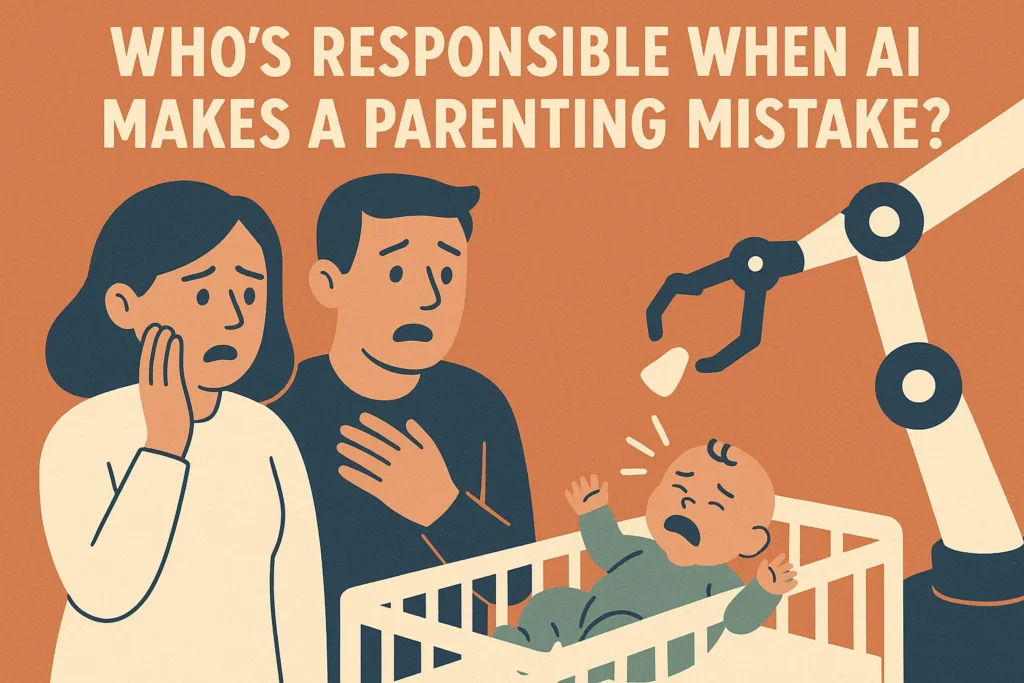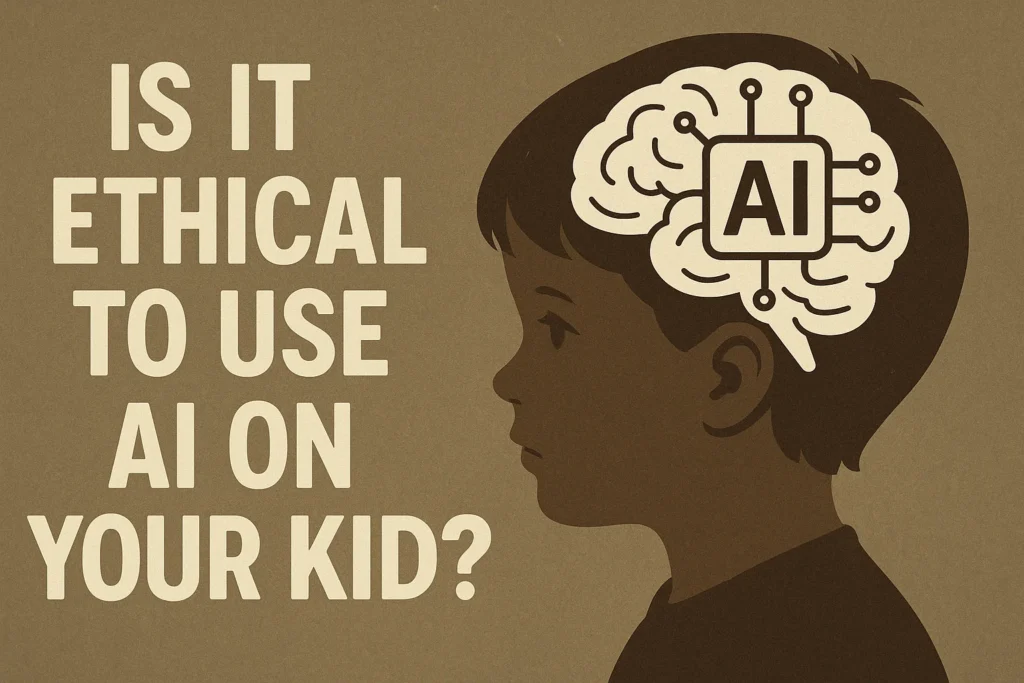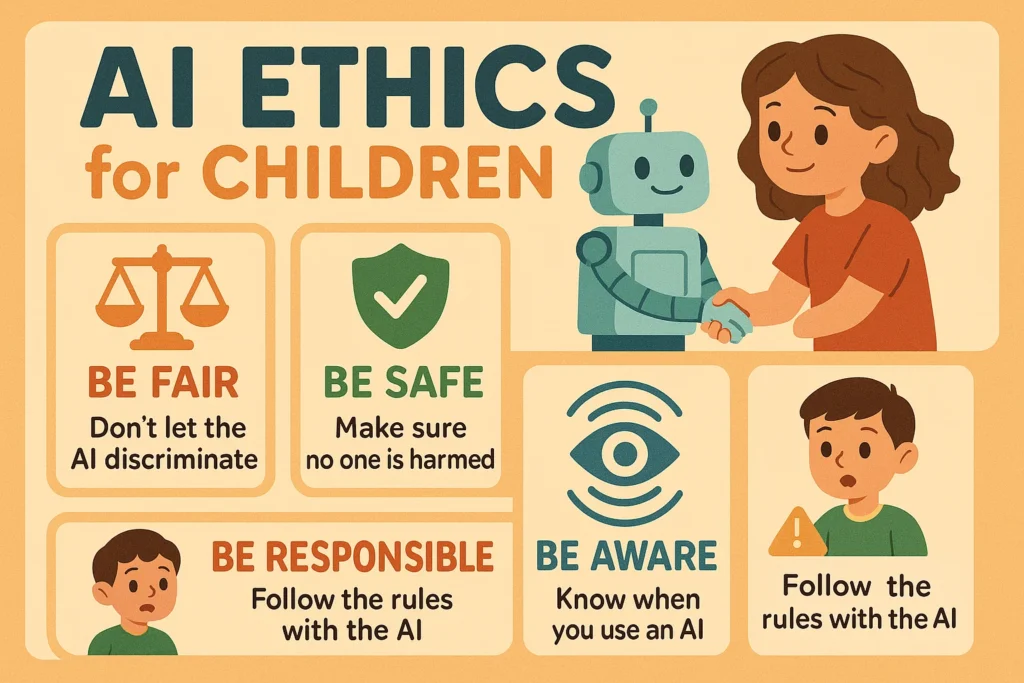🌟 Introduction
AI parenting tools — from baby monitors to health trackers — promise safety, guidance, and convenience. But what happens when things go wrong? Who should take the blame if an AI makes a parenting mistake — the parent using it, the company that built it, or the AI itself? At AiBlogQuest.com, we explore this pressing question and its implications for families.
🤔 The Growing Role of AI in Parenting
AI is now part of everyday parenting through:
-
Sleep trainers 🛏️
-
Health monitoring devices 🩺
-
Learning apps 🎓
-
Virtual assistants 📱
While these tools provide support, they also raise accountability issues when errors occur.
🚨 Real Risks of AI Parenting Mistakes
-
False Alarms – AI may wrongly alert parents about a baby’s health.
-
Missed Alerts – AI might fail to detect emergencies.
-
Bias in Recommendations – Parenting advice may not fit cultural or personal values.
-
Over-Reliance – Parents may trust AI more than their instincts.
⚖️ Who Holds the Responsibility?
-
Parents 👨👩👧 – Ultimately, parents must double-check AI recommendations before acting.
-
Developers & Companies 🏢 – They are responsible for transparency, safety, and updates.
-
AI Systems 🤖 – While AI doesn’t have legal responsibility, its design and programming affect outcomes.
-
Regulators 📜 – Governments play a role in setting ethical and safety standards.
✅ 5 Key Insights for Parents
-
AI is a tool, not a replacement for judgment.
-
Always cross-check AI outputs with trusted sources.
-
Hold companies accountable for misleading claims.
-
Push for clear regulations on AI parenting products.
-
Maintain a balance of instinct + AI insights.
🔗 Useful Links – AiBlogQuest.com
❓ FAQ
Q1: Can parents sue companies if AI parenting tools fail?
Yes, depending on the laws in your country, parents may hold companies accountable for negligence or false claims.
Q2: Should parents fully trust AI parenting tools?
No, AI should support decisions, but instincts and professional advice remain crucial.
Q3: How can we reduce risks of AI mistakes in parenting?
By monitoring usage, verifying recommendations, and using AI as an assistant — not the primary caregiver.



